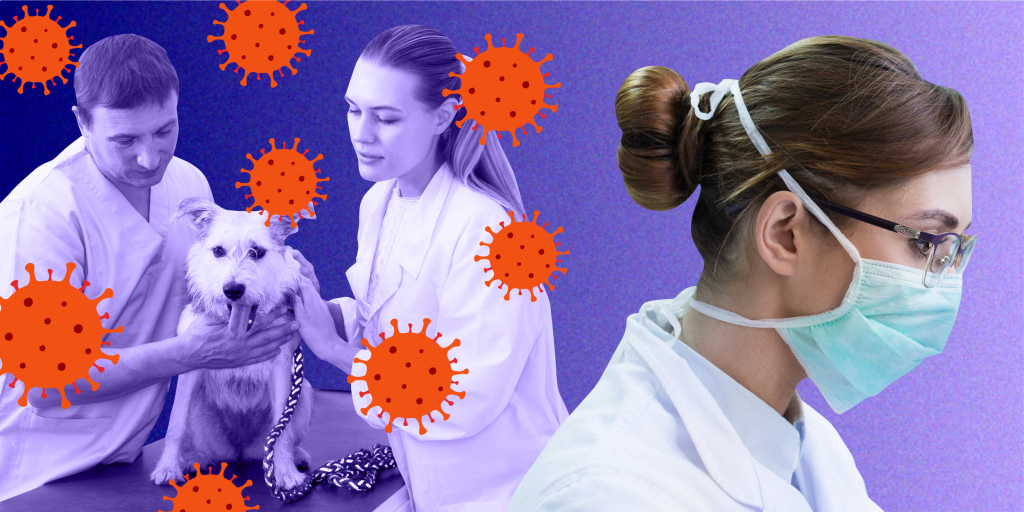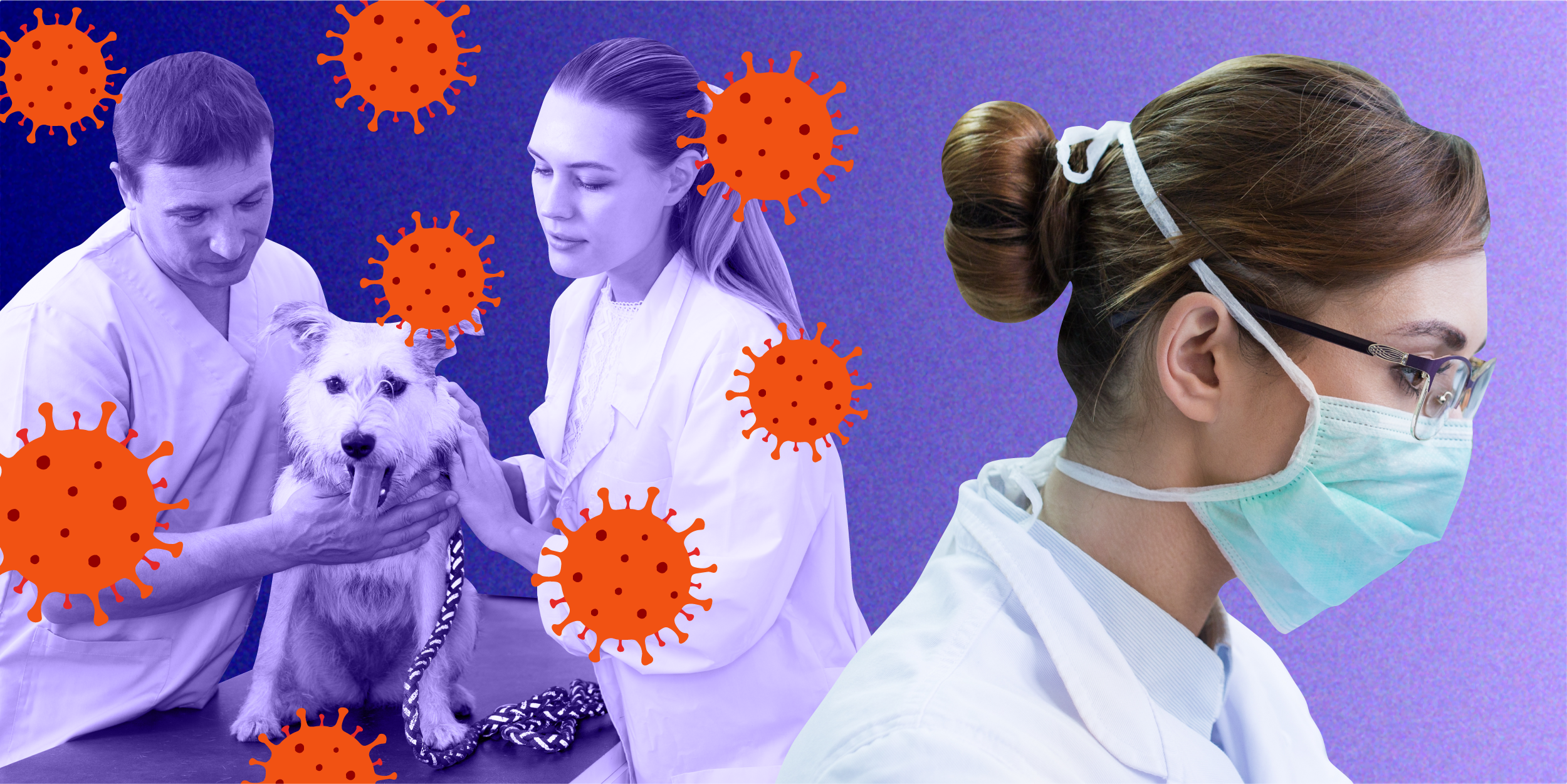
- I recently quit my job as a veterinarian because many of my coworkers chose not to get vaccinated.
- Veterinarians are part of the public-health system, which is designed to protect from disease.
- My coworkers' decisions gave me a choice: stay and risk my health, or leave a job I loved. I left.
This story was written by a veterinarian in the US. Their employment has been verified by Insider, but their byline is anonymous to prevent professional repercussions.
On the day of the first lockdown in March 2020, I was in surgery, performing a spay on a large dog. The office manager broke the news, and for a minute, I stopped working – because at that moment, the world seemed to change.
But while worlds change, they don't stand still. By the time I was out of surgery, I learned that veterinarians and vet techs were considered essential workers. Work would continue for us, limited to sick patients for the time being. We adapted our practice, instituting curbside service and devising ways to communicate with pet owners that did not require face-to-face contact.
In the veterinary world, social distancing is impossible. Taking a blood sample from a nine-pound chihuahua requires at least two people, our heads often only six inches apart. Trimming the nails of a 90-pound dog is impossible if you cannot be closer than six feet from your assistant.
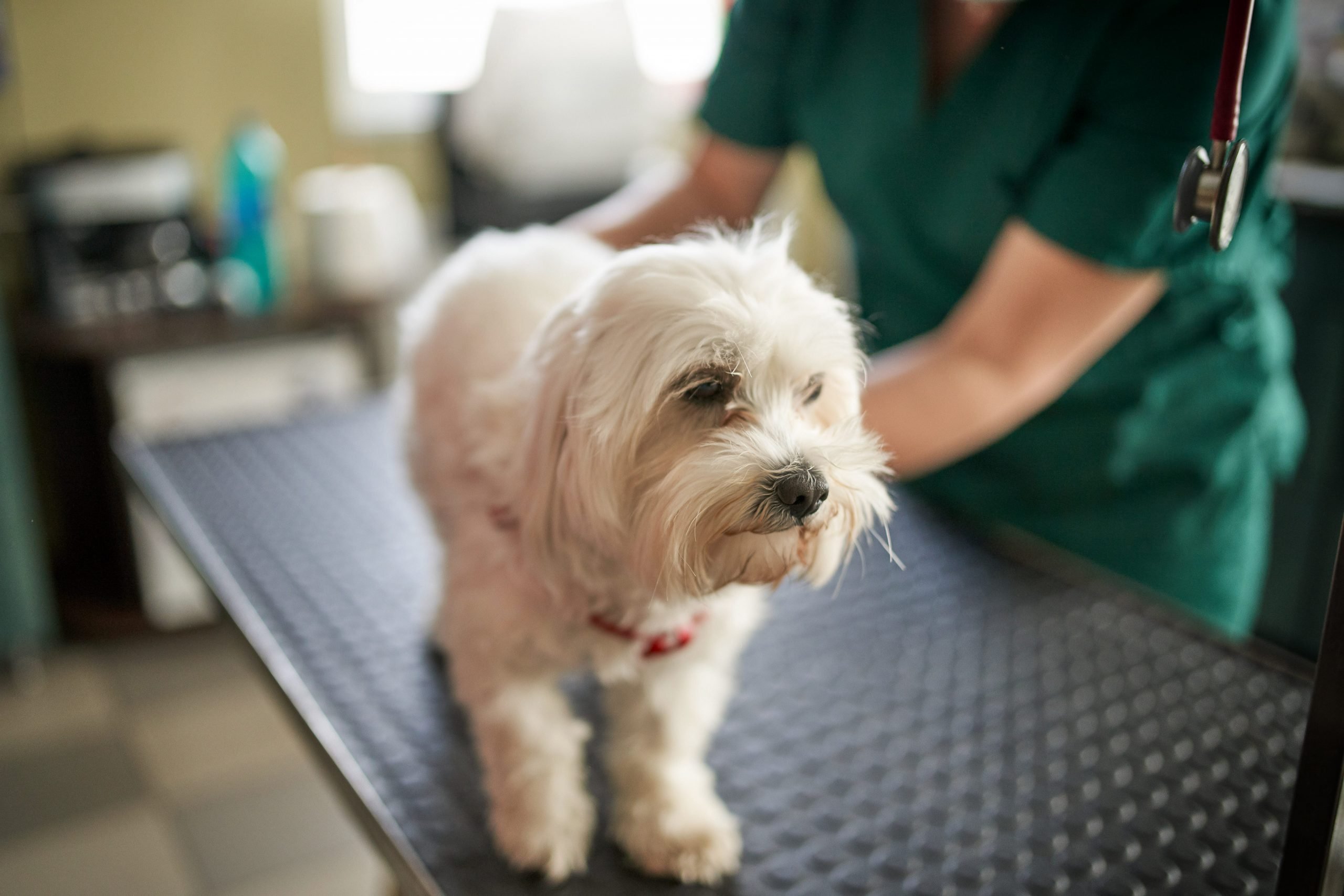
Looking back, those were golden days. Everyone at our clinic seemed to be part of the same team, working together for the good of our patients. In the wider world, I cheered as epidemiologists discovered the secrets to COVID-19 transmission and scientists turned new knowledge into safe, effective vaccines. I was awed by the bravery of my healthcare colleagues who risked their lives to treat COVID-19 patients firsthand.
We had several COVID-19 exposure scares within the hospital. No vaccine was available then, and the county public-health department had us close the hospital each time while we were all tested and quarantined. While our hospital was closed, our concern was for the health of our coworkers, with text chains checking up on everyone and their families - at least, that's how it seemed to me.
Veterinarians are part of the public-health system and must study public health as part of our veterinary education. We learn about epidemiology, infection statistics, vaccinations, testing, and the value of "herd health." We are part of a system designed to protect people from disease - and often from their own ignorance.
For instance, I had a client who thought rabies merely causes drooling. Despite this misconception, she can safely live her life without knowing the horror of rabies because vaccination mandates for pets reduce her exposure to virtually nil.
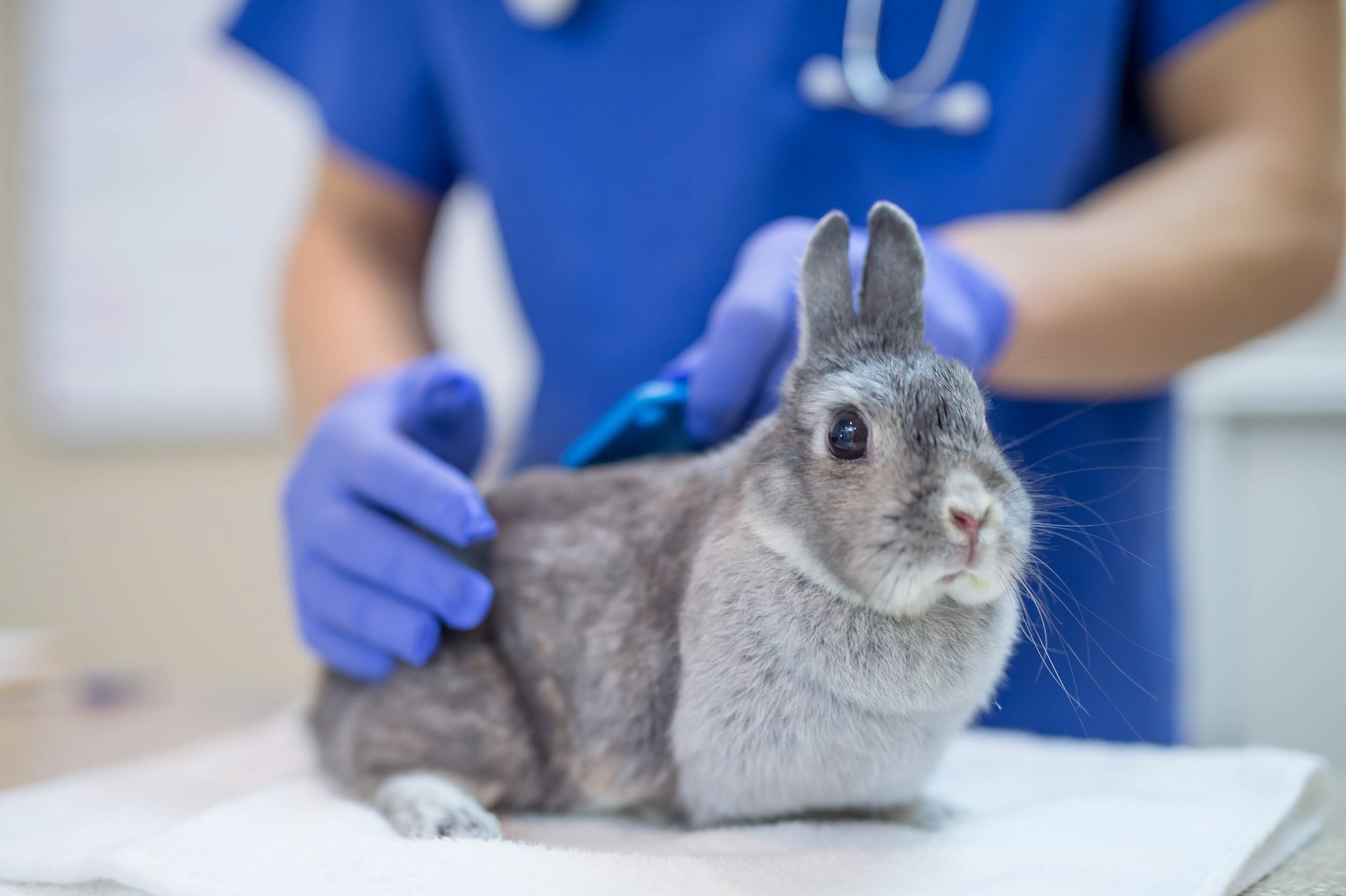
Public-health efforts succeed when a group is united and seeks a unified goal. A population with a high vaccination rate - whether dogs, cattle, or humans - offers a wall of defense against a virus. There are fewer places for it to hide and fewer targets to infect.
That wall is extremely important because breakthrough infections are possible, and there are members of our community who cannot yet be vaccinated (children under 5 years old) or who have increased risk for infection (immunocompromised people, the elderly, or those with other diseases). This is especially true in a work environment where one spends all day in close contact with colleagues and staff.
That's why I felt such relief when vaccines were approved, and when, in January 2021, veterinarians and veterinary staff were added to the list of healthcare workers approved for vaccinations.
Finally, we could see a glimmer of hope after so many months working with very little protection. Finally, there was a suit of armor to help us do our jobs with less risk. Finally, we could continue to provide care despite the pandemic around us. Some among us were quickly vaccinated and then eagerly shared vaccination info with co-workers so they could set up appointments.
It took me about two months to realize that many of our staff who said they were having "difficulty getting the vaccine" actually had no intention of getting it. Before long, unvaccinated staff began spouting unscientific propaganda to justify why they refused the vaccine, and it became clear that I was not given the authority even to criticize their ignorance.
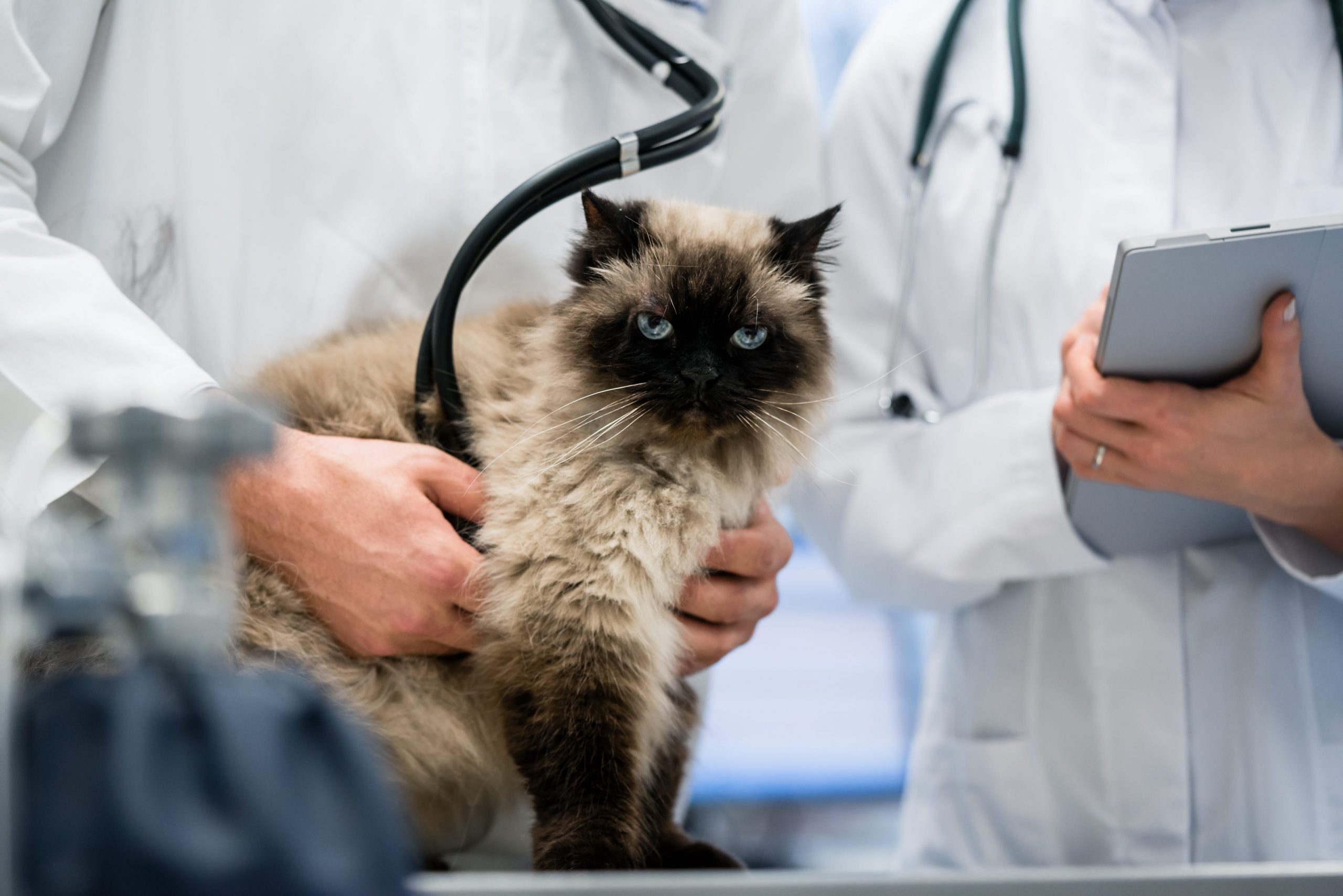
The inevitable happened, of course. We incurred more COVID-19 cases on staff. Unvaccinated staff were sent home while vaccinated staff continued to work, severely short-handed. At the same time, I repeatedly asked about the hospital's future vaccination plans and testing requirements, and I repeatedly received the same answer: There were no plans. No vaccination mandate, no testing requirement. Management was afraid unvaccinated staff would quit.
So, I quit. The lack of COVID-19 vaccination or even testing requirements was not compatible with my training.
If I wouldn't send a dog to a kennel where vaccinations were optional, why would I stay at my work? I have small children who cannot yet be vaccinated and older parents who help tend to them. Close and consistent exposure to unvaccinated staff puts my family at increased risk.
I love my profession and my patients, and that love sustained me as an essential worker through the early COVID-19 lockdown. But I could not remain in a place with no intention of using the effective, available tools to insure a safer workplace.
COVID-19 vaccinations and testing are part of workplace safety and public health. Allowing them to become politicized or opting out as part of an expression of political identity is a slippery slope.
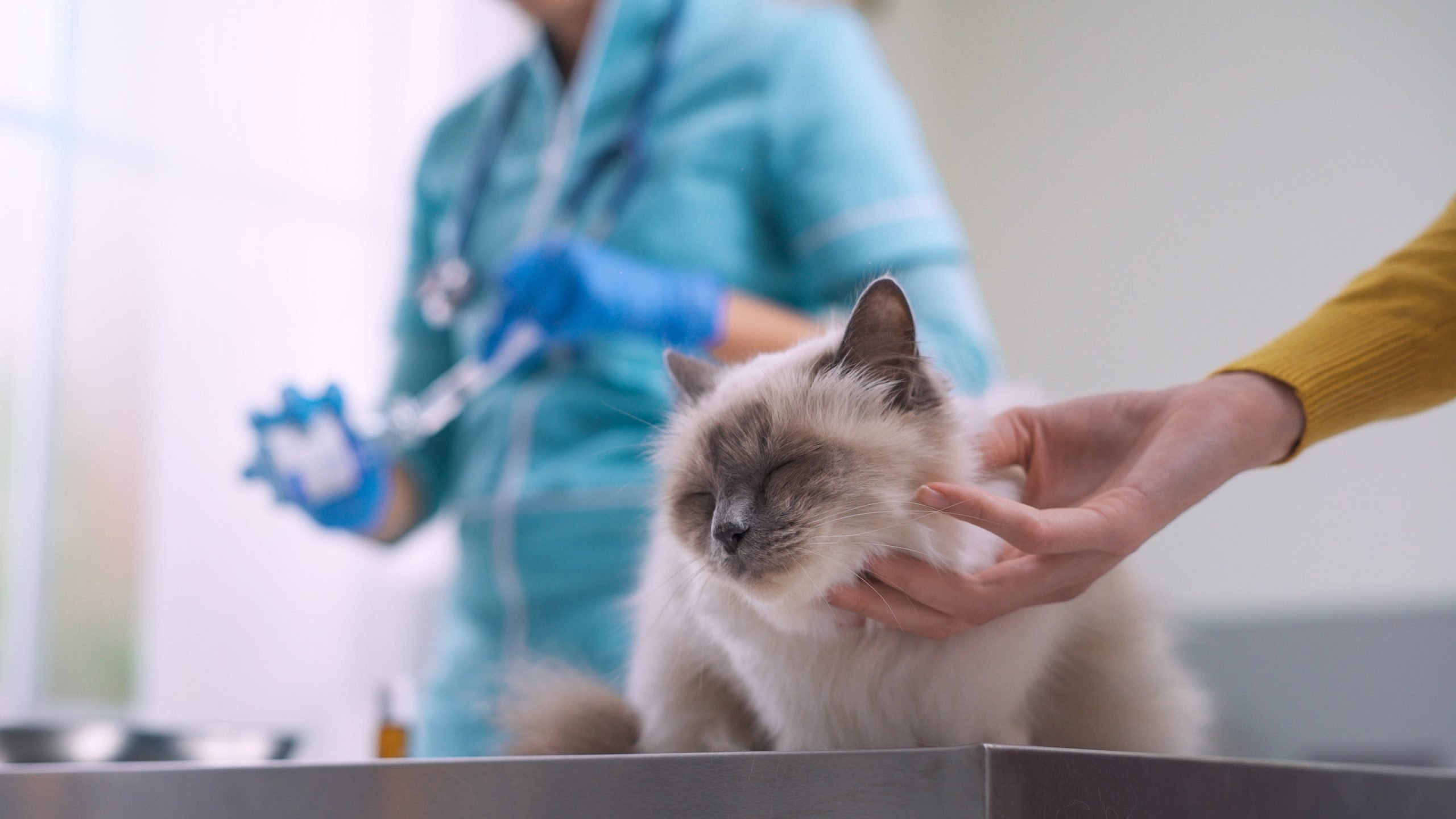
No one wants to see rabies return as a widespread health hazard - nor measles, polio, mumps, diphtheria. We are able to ignore these diseases in our everyday lives because of public-health measures taken over the years to eradicate them. This requires a country united in effort and understanding, which is something I worry America has lost.
Like many workers, I joined the Great Resignation. When evaluating current or future employment, everyone weighs the pros and cons: pay, benefits, childcare, commute time, career growth - and now, COVID-19 exposure.
Pay is an issue for most job-seekers. But many employers may underestimate the role COVID-19 exposure plays in this evaluation. So many of us have loved ones who are at higher risk if they catch COVID-19 even while vaccinated. We love them a million times more than any job, and working in close proximity to unvaccinated coworkers increases the risk of spreading COVID-19. That's a major negative when looking at a job's overall appeal.
Currently, the United States has lost more than 750,000 people to COVID-19. That equates to many grieving families. A majority of Americans are doing their part to end this pandemic by getting vaccinated. The Delta variant made it clear that, although the risks were significantly reduced for the vaccinated compared to the unvaccinated, the risks are not gone.
When we look at our workplaces and see unvaccinated coworkers - some who don't even wear a mask properly - and hear management consistently refuse to require vaccinations or testing, the question becomes: Do I stay or go?
I know what I chose.
